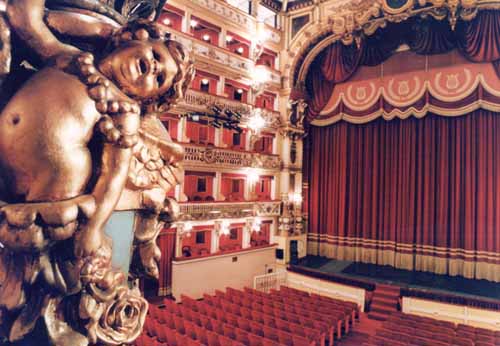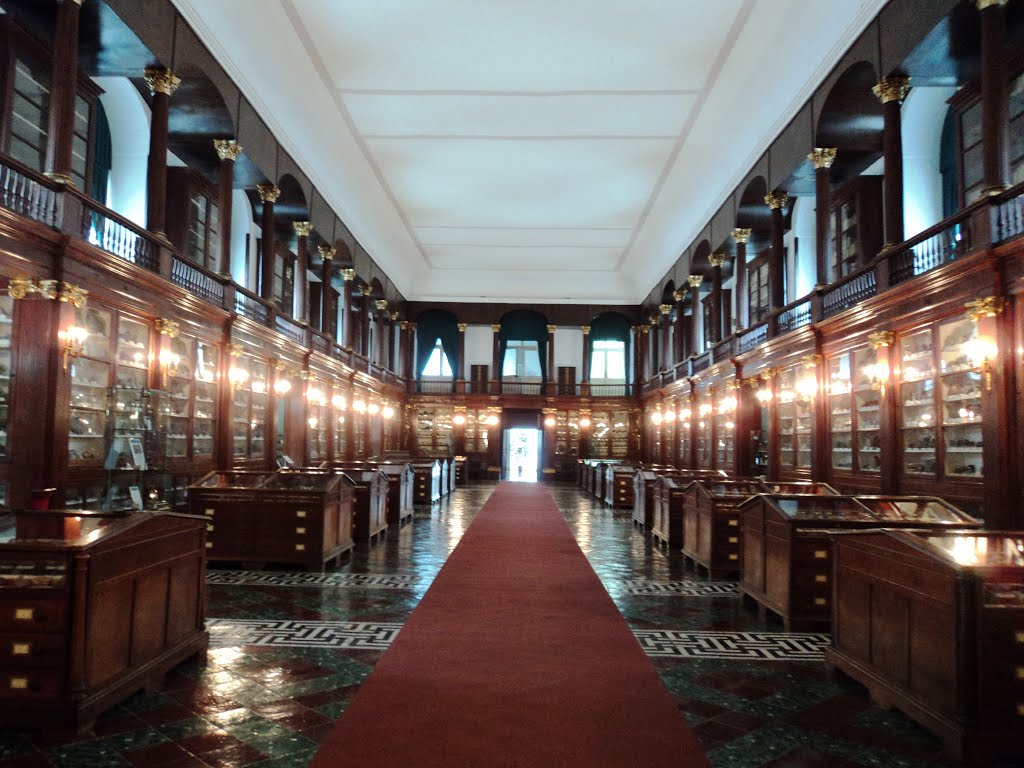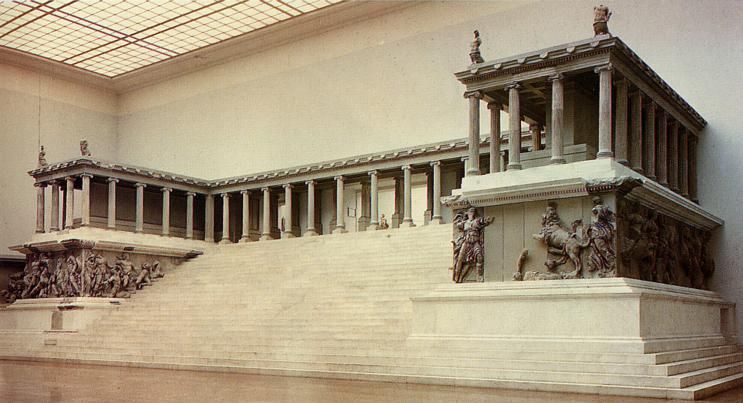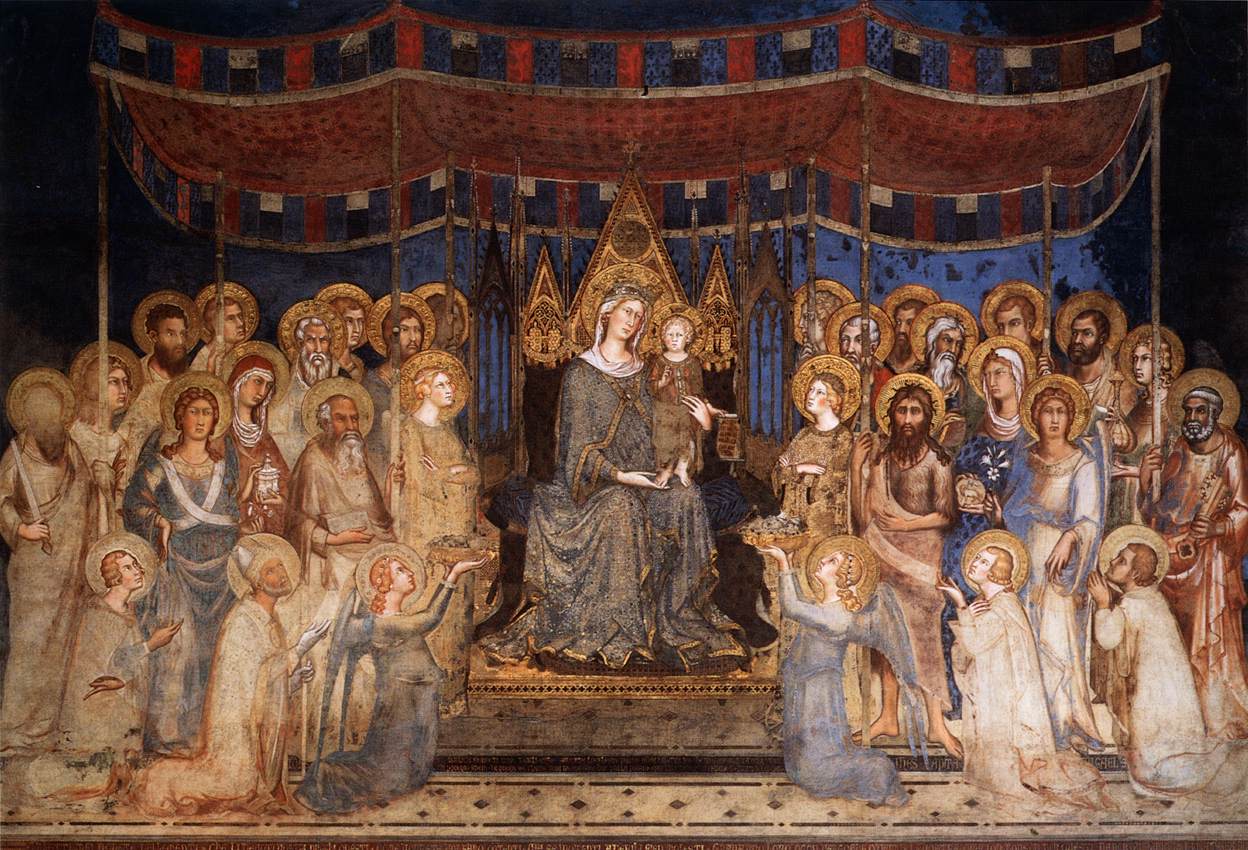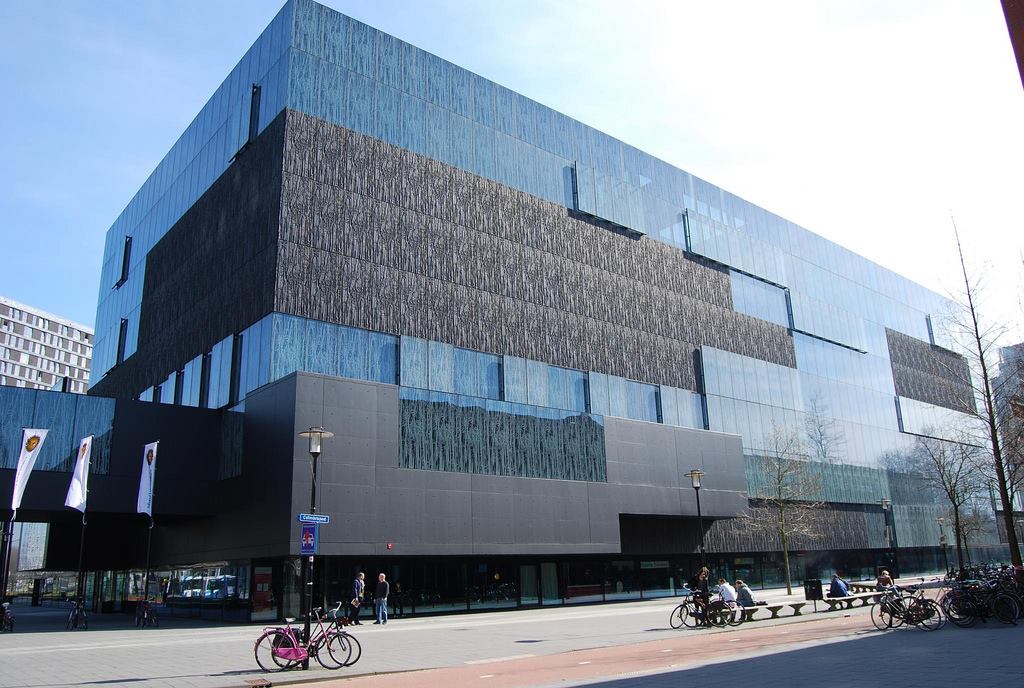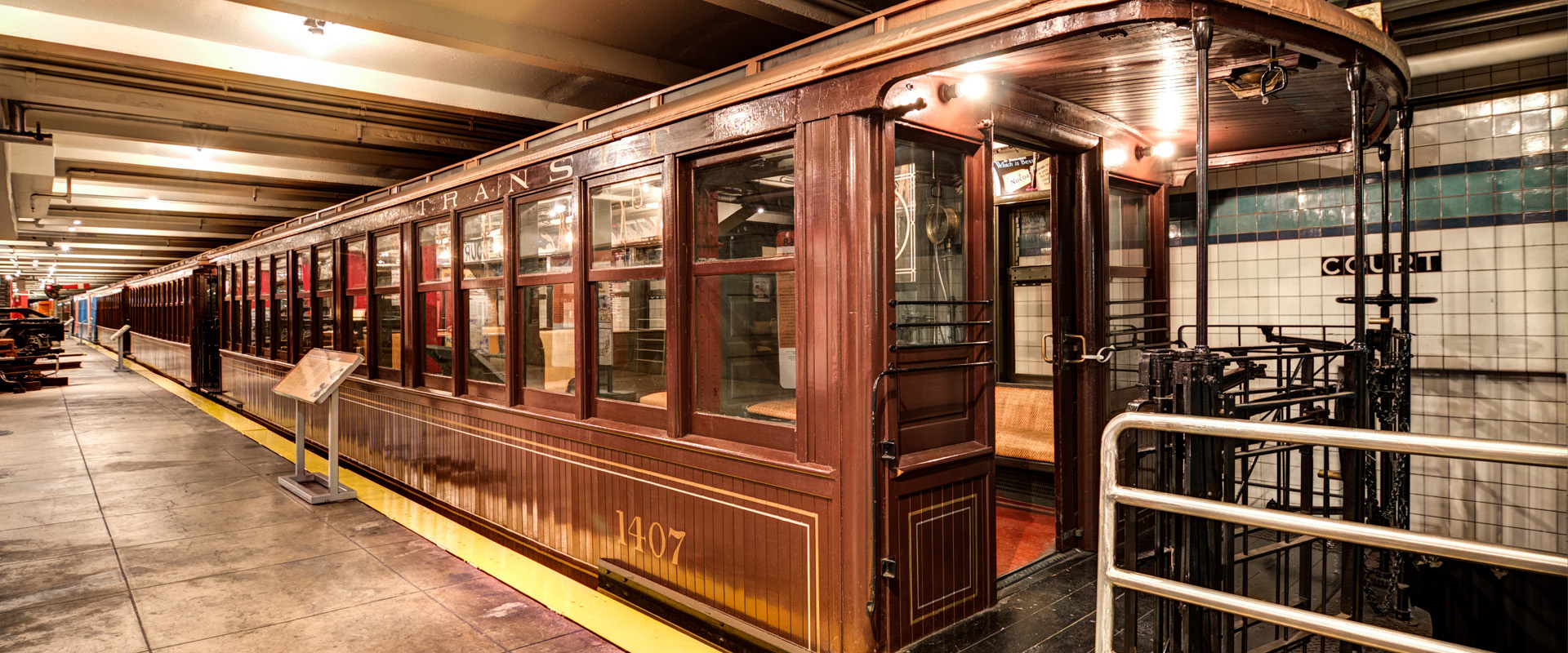In 1864 the Neapolitan lawyer Baron Nicola Lacapra Sabelli commissioned architect Carlo Sorgente to build a theater in what is now Via Vincenzo Bellini, as part of the so-called reclamation of the Fosse del Grano, a plan to redevelop the area including the National Museum, Port’Alba and the Conservatory of San Pietro a Majella, where the Academy of Fine Arts and the Principe di Napoli Gallery were also built in those same years. The architect built a small theater with a circular plan, with a single tier of boxes and two tiers of continuous loggia, capable of accommodating 1,200 spectators; it was inaugurated on November 13, 1864, with the performance of the Guillaume Circus (of the Tontolini family), and until 1869 it hosted mainly circus and equestrian shows and a few opera performances.
Detail of the exterior facade
In the following years, Baron Lacapra Sabelli, who in the meantime had been elected deputy of the Kingdom in the Vasto constituency and left lawyering to be an impresario, wanted to expand the theater and arrange it to represent mainly operas, and he asked the architect Sorgente to renovate it, drawing inspiration from the Opéra-Comique in Paris. Thus was born a theater with a horseshoe plan, five tiers of boxes and a continuous loggia order, decorations by Giovanni Ponticelli, Pasquale Di Criscito and Vincenzo Paliotti, and Vincenzo Bellini’s oil portrait of Vincenzo Migliaro placed between two winged figures in the center of the archway. The inauguration was held in the fall of 1878 with the staging of I Puritani by Bellini himself, to whom the theater was dedicated.
Interior of the theater
The theater experienced years of great splendor, but after the war it went into an inexorable decline. In 1962 the last show, a Masaniello with Nino Taranto, was performed there; the following year, almost a century after its founding, it closed, or rather became a low-grade cinema, with the once noble boxes transformed into squalid alcoves of furtive love affairs.
In 1986 the theater was acquired by Tato Russo, who made it the home of his own company in an effort to restore it to its former glory. The new opening took place in 1988, with a performance of Bertolt Brecht’s The Threepenny Opera, which began a series of successful theater seasons.
